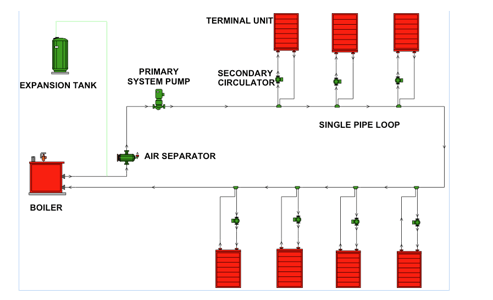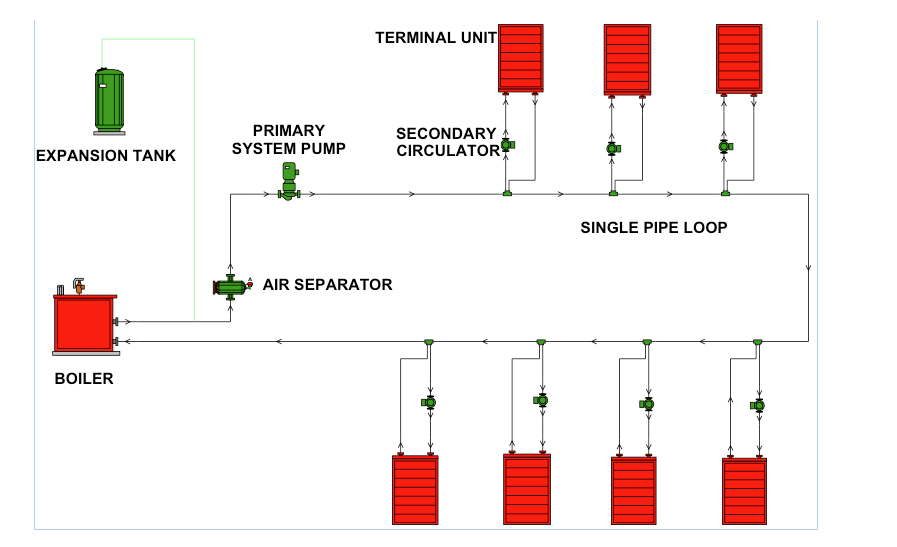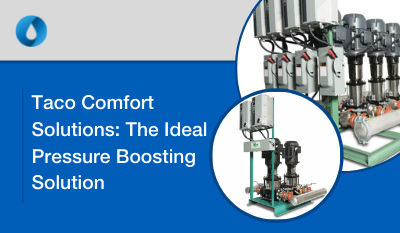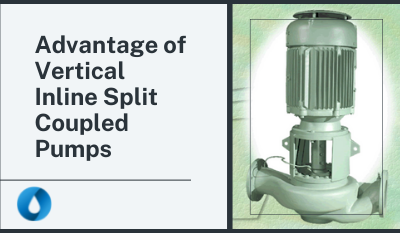Recently, a facility engineer friend of mine was telling me about a project of his. The industrial company he worked for sold their building to another company. As a part of the renovation, the new owner wanted to replace the electric strip heat in the HVAC system with hydronic heating coils in order to be more energy efficient. And, that is what they did. However, he lamented at the cost. If only we could have had our discussion before his project, he would have been aware of a much less expensive option.
IIt is quite common for office buildings and industrial buildings to be fitted with electric resistance coils in the ductwork to provide heat for the building. Considering the cost of electricity, this method proves operationally expensive. Plus, what occupant enjoys the odor of these dusty coils turning on for the first time during the heating season?
Hydronic heating coils are less expensive to operate and last longer than electric heating coils (and they produce no odor!). However, hydronic heating may not be installed during the building’s construction because of the perceived first cost. Depending on how the system is configured and piped and the type of boiler used, the initial cost may certainly be a deterrent. A simple piping system with an atmospheric gas boiler may be a great solution.
A simple piping system (branded as LoadMatch® by TACO Comfort Solutions) is a piping method that utilizes one pipe to circulate water around a building and small, fractional horsepower pumps to circulate through each heating coil. See the simple illustration below.

This configuration has a number of advantages over traditional supply/return piping:
- The distribution line around the building is one pipe size, making the installation simpler, quicker, and less expensive.
- The primary hot water pump can be smaller because it does not have to pump through a coil, control valve, balancing valve, and other coil piping accessories.
- The overall connected horsepower for the system will be lower. Most LoadMatch coil pumps are 1/40-hp or 1/25-hp. Add their collective horsepower to the system pump that has already been reduced by 25-50%, and you still come out far ahead.
- Extremely simple balancing. The system pump circulates to maintain a temperature difference across the boiler. The coil pumps simply cut on/off based on call for heat. And, because the physics of hot water coils are very forgiving (see ASHRAE hot water coil performance curve S13.17 Fig. 32), no coil balancing valves are required. This eliminates the need for balancing (and often a separate contractor) and saves time and money.
- Controls are quite simple. The coil pumps may turn on/off based on demand from a thermostat, and the system pump and boiler may turn on/off based on occupancy mode. This may be handled by simple controls (such as the TACO iWorx® system) without the need to hire a controls contractor.
Elsewhere in the hydronic system, consider using inline system pumps, either close-coupled or split-coupled, to eliminate alignment and reduce maintenance cost. For the boiler, it doesn’t get simpler or less expensive than an atmospheric gas boiler. Options for higher efficiency boilers are there, just work with your sales engineer to find out which is best for your application.
Overall, simple piping systems with LoadMatch have been proven to save sometimes 10-20% of the entire mechanical contract when compared to traditional supply/return configurations. To determine the best way to go about your next heating system upfit or renovation project, please, contact your local manufacturers representative for a consultation.
For more information about simple piping systems, click the link below.
Blog image courtesy Taco




.png)




Submit a Comment